
Dan Varian has more bouldering first ascents of 8A and above than anyone else in Britain. With 123 first ascents of problems from 8A-8B+ in the UK, there are few pioneers who could match this number worldwide on their home turf. The Rail 8B+, Bewilderness 8B+ and Hobbie Noble (f8B) 8B - is to name but a few of Dan's cutting-edge first ascents in the UK. Born and brought up in Cumbria, Dan initially explored his local areas, giving him a valuable new-routing apprenticeship.
He has since discovered new problems all over the country, from the honeypot crags of the Peak to remote corners of the Scottish islands. To put Dan's tally of first ascents into perspective, his curve from 8A-8B+ is not far below the total number of existing problems of 8A and above in the latest edition of the Fontainebleau 7+8 guide. Dan posted a blog earlier this year, reflecting on his first ascents as he passed the 100 mark and giving some insight into the development of British bouldering.
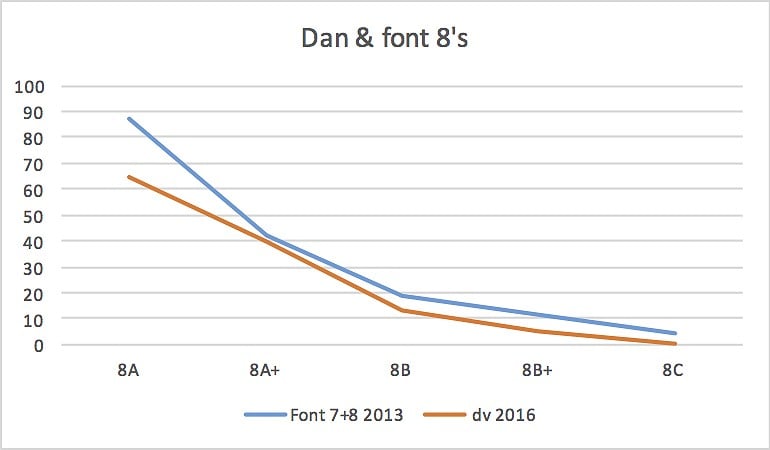
'It's the difference between paint by numbers and painting something brilliant from scratch. With first ascents you're forced to be a good thinker and find good beta. There is no quick beta reveal.'
We caught up with Dan to find out what it takes to make over 120 top-end boulder first ascents...
How did you get into finding new lines?
I grew up in Northumberland, which had great bouldering and it was all just starting to get developed at the time.
What was your first ever first ascent?
Probably something at Callerhues. I thought it was Tender Hooks at St Bees but it got retro-claimed by Jim Arnold. Classic Lakes bouldering scenes. Where no one really took the time to bother writing things up but when Greg finally did they were all happy to spend ages planting their flags.
In your blog, you talk about generational differences in finding and establishing new problems, claiming that you are part of "the privileged generation that was born at the right time". Can you develop on this a bit more?
Every generation up to now has had good gaps to go at on rock. In the 1968 guide to Northumberland, Bowden Doors is a side mention in the esoterica section. It took until the 70s and 80s for people to realise what was possible there. Now it's the most famous crag in Northumberland. Gaps between routes get eliminated, as standards move on and technology/fashions move on too.
When I was getting into bouldering in 2002/3, pads were only just becoming popular and all the hard problems were still there for the taking by whoever wanted to try them. I tried to make sure I bagged a decent amount of the ones available to me in this country whilst the low hanging fruit was still there.
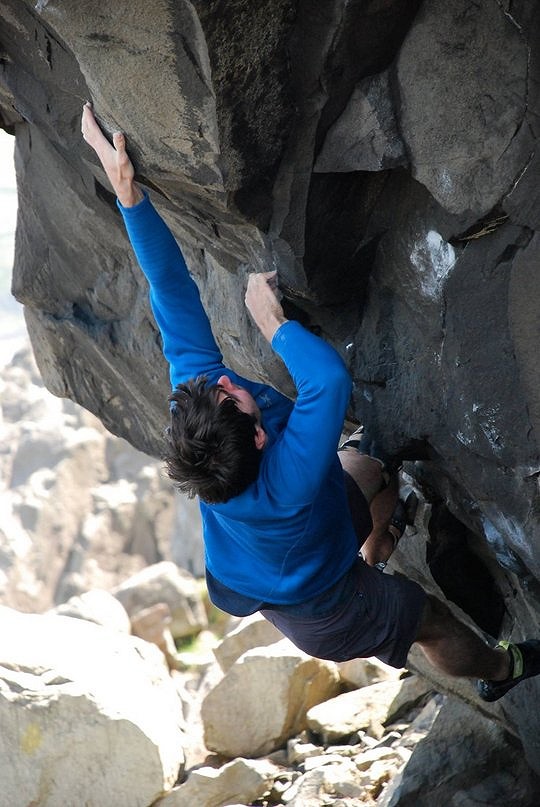
You also mention the indoor-bred generation of climbers and claim that the outdoors has become an "unfamiliar commodity" for many. What exactly does new-routing require, that indoor-bred climbers might lack?
If you grow up climbing purely indoors you have no knowledge of rock reading. Where crags are, where boulders hide. What doable projects look like when they are covered in moss and lichen. Just because something isn't sat in the middle of a major venue doesn't make it any less quality, it just makes them less seen.
It's a different world and to be both strong enough to do the hardest problems, with all the training and time indoors that entails, as well as being knowledgeable and motivated enough to find where they could be and then spot them in the blank rock. It's a rare combination, pretty much a cross between geocaching and powerlifting. It's why few people do it and why very few climbers have done more than 20 straight up 8th grade first ascents in the UK. It's much more realistic and sensible to travel to plentiful areas abroad for most people.
'I'd be very done with bouldering locally if I just repeated climbs in the UK.'
Who inspired you to discover unclimbed lines - you mention a couple of names in your blog?
Mostly Greg and Nige with Lakesbloc, that was a great concept. Having Andy Earl, Malcolm Smith and Chris Graham putting up really hard things in the county and Gaskins in the Lakes really sandwiched me between some hard climbing areas. It was a case of get good or get nowt. I think the motivation to keep myself busy has been ever present though. I'd be very done with bouldering locally if I just repeated climbs in the UK.
What do you gain from making a first ascent that simply repeating a problem can't provide?
It's the difference between paint by numbers and painting something brilliant from scratch. Nowadays I sometimes see people watching the beta on their phones in front of the problem.
There's no magic there, no discovery, but it has its place and its uses. It takes a strong will not to look at the answers if they're just sat there on your phone. With first ascents you're forced to be a good thinker and find good beta. There is no quick beta reveal. That is part of why it can be more rewarding, in my opinion.
The other aspect is developing areas and seeing them become popular and making climbing that bit better by providing people with more options and venues. Seeing places like Torridon going from being one missable page in the back of the Scottish bouldering guide to being a much visited stop-off for people countrywide is a nice example. All thanks to work from the locals, making the guide spotting the classics and documenting the place. It's just part of climbing really, worldwide. There's so much choice now for where to climb, it's fantastic.
Due to the vast amount of unclimbed rock available when you first started exploring, did this ever feel overwhelming in some way? How did you choose where to look? Perhaps it's easier nowadays having a narrower choice of areas to look in…?
It felt like there was no end to the good projects for quite a while and I am still surprised year on year what turns up. I've done a lot of my best lines in the last three years. I don't really choose where to look most of the time, I mostly just go climbing and keep my eyes open.
You've now done over 120 new problems of 8A and above. Out of all your first ascents, which problem is the most memorable and why? Which would you say was your hardest?
I would say this is best answered in terms of perfect climbing moments. Glenn Ross 8A+ at Fair Head, Northern Ireland was a brilliant moment, proper grim conditions and great company on a really unique power problem.
One of my favourite ever days' climbing was at Reiff bouldering cliff. To walk down there still having those fantastic lines to do on a crisp blue-sky day was really special.
I managed a problem called Helicoidal Flow, which has beautiful holds and then a 7C+ arete, which is a good contender for the best in Scotland - figuring them out and doing them in a flying visit was really special.
Of all the areas in which you've discovered new problems, which one has given you the most satisfaction problem/quality wise?
I would say the 8's at Queens Crag were all memorable, I was in my teens to early twenties and happened to grow up 30 minutes from some of the best unclimbed problems in the country. Pretty lucky.
Hobbie Noble 8B and Star Power 8B/+ were both great moments too. Utterly brilliant world class problems (and I don't use that term lightly) which are close to home that I could potter on after work. For a rare moment I felt like I was living in a bouldering paradise developing those, and it was exactly where I wanted to be.
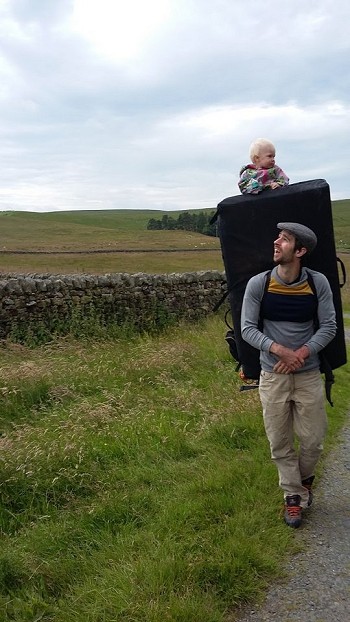
I use Bing Maps nowadays as the aerial imagery tends to be better. Sometimes I'll just Google a crag name from an OS map and I might get lucky on a random walker's blog. But I'd say the only website that is really useful and has turned up some good finds is geograph.org.uk. The Internet is full of loads of useless junk if you're not careful you can really get bogged down trying to get good information out of it. It's best just to head out to places and chat to mates.
Does this reduce the element of adventure that you maybe experienced more of when you first started?
Yes, the more technology I use the less magic there is. It all feels a bit clinical if you get too techy. It's much nicer to stumble on things or go hunting with a friend.
You are a father now - has this affected your climbing at all? Can you devote as much time to exploration as before?
It's had a huge effect. I'm shorter on time so it tends to be more of a case of one or the other for lots of things, I can't go out looking for projects then train anymore. It's still really easy to train if I wanted to dedicate more time to that, but I really enjoy being out in wild places and just tinkering away on hard moves, so where there's a chance to get out I still take it. Rhona comes along with Katie and I to most venues now, we have a little base camp for her.
'There is still plenty to do almost anywhere in the next 15 years I think.'
Which areas do you see as having good potential for the future? You mention Scotland and Ireland in your blog. Is England oversaturated?
Almost anywhere in the Highlands has good potential. Coastal areas are always surprising as they are hard to explore so are still a good bet. There is still plenty to do almost anywhere in the next 15 years I think. England is much more developed than Scotland and Ireland of course. You only have to look at the numerical imbalance to figure that out. If you add together all of Scotland and Ireland's grade 8s you get ~73 in total, including traverses and link ups.
The Peak District has ~165. There is clearly A LOT less rock in the Peak than in all of Ireland and Scotland. At a guess I'd say Scotland was 5% developed for hard bouldering if that. Pretty much only three people put up multiple eighth grade problems outside of Dumby up there in an entire country. The Peak is more like 80% discovered and people like Ned Feehally, Mike Adams and Tom Newman are making sure that this percentage is permanently on the rise with lots of good finds lately.
What's next for you?
I'll probably head out blackberry picking with Rhona when she wakes up.
Read more about Dan's first ascents in his Beastmaker blog.
Dan is sponsored by: Organic, Friction Labs, Scarpa and works at Beastmaker.
- SKILLS: Top Tips for Learning to Sport Climb Outdoors 22 Apr
- INTERVIEW: Albert Ok - The Speed Climbing Coach with a Global Athlete Team 17 Apr
- SKILLS: Top 10 Tips for Making the Move from Indoor to Outdoor Bouldering 24 Jan
- ARTICLE: International Mountain Day 2023 - Mountains & Climate Science at COP28 11 Dec, 2023
- ARTICLE: Did Downclimbing Apes help Evolve our Ultra-Mobile Human Arms? 5 Dec, 2023
- ARTICLE: Dàna - Scotland's Wild Places: Scottish Climbing on the BBC 10 Nov, 2023
- INTERVIEW: Loki's Mischief: Leo Houlding on his Return to Mount Asgard 23 Oct, 2023
- INTERVIEW: BMC CEO Paul Davies on GB Climbing 24 Aug, 2023
- ARTICLE: Paris 2024 Olympic Games: Sport Climbing Qualification and Scoring Explainer 26 Jul, 2023
- INTERVIEW: Malcolm Bass on Life after Stroke 8 Jun, 2023



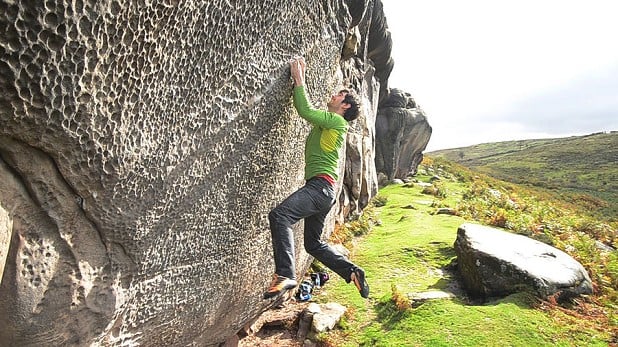
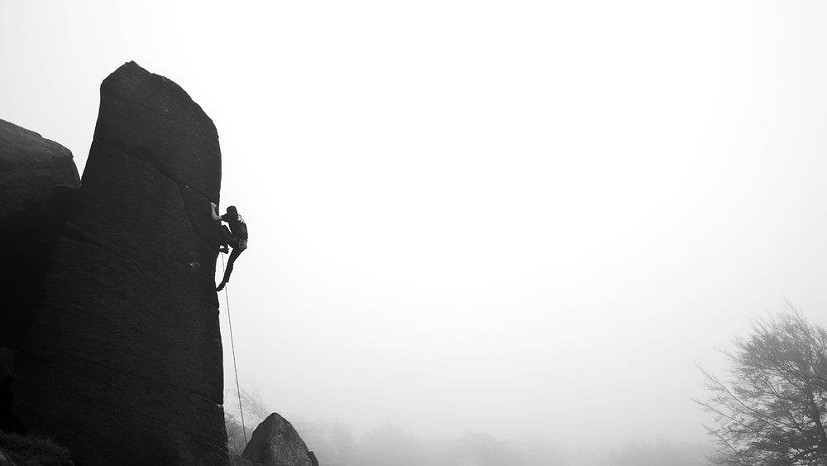
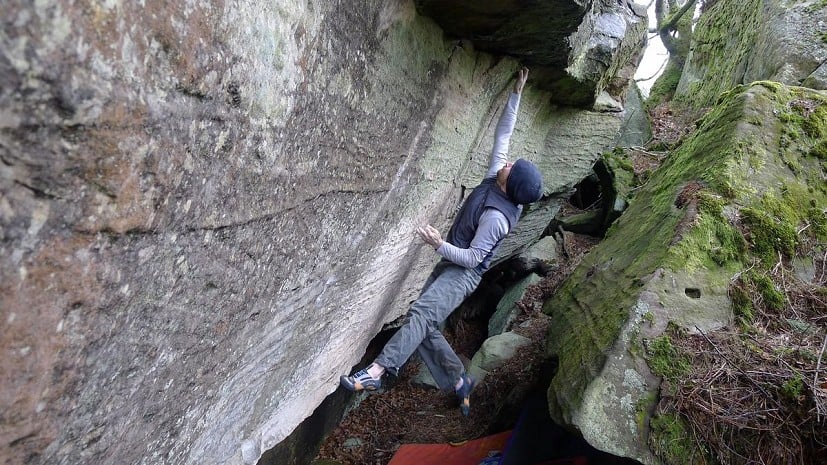

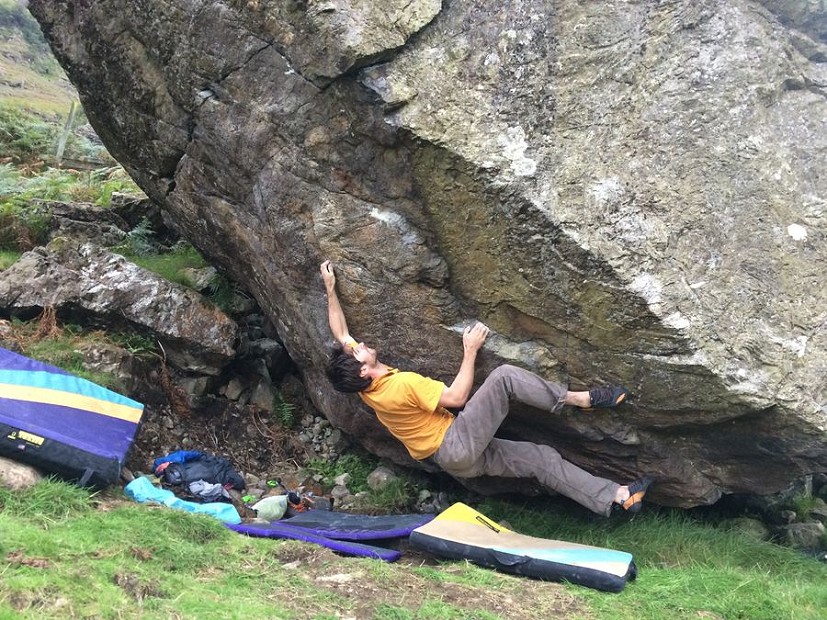
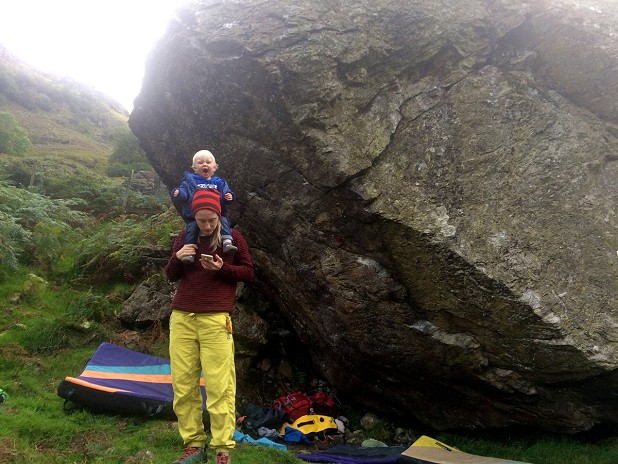







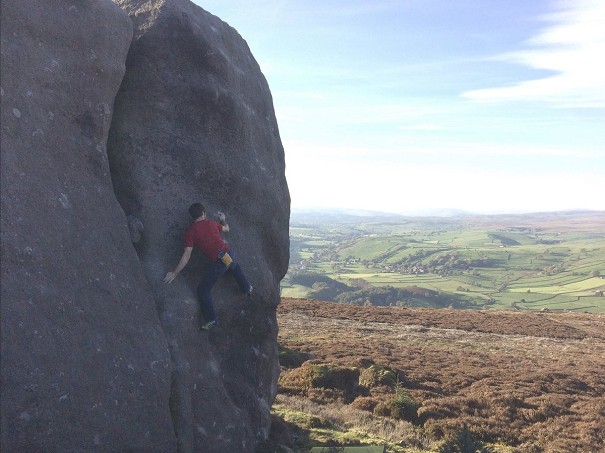
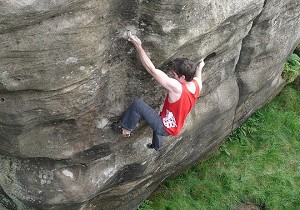


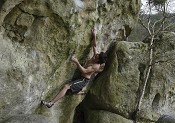

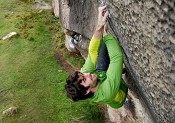
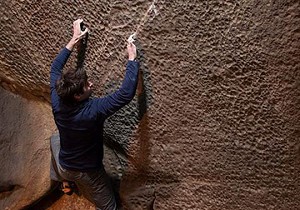
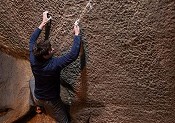
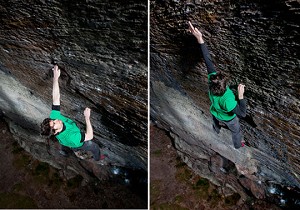
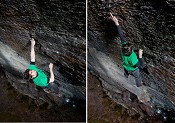
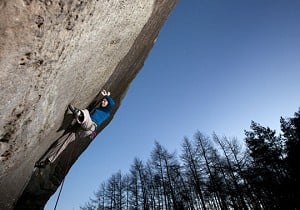
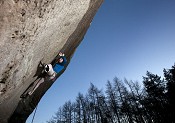
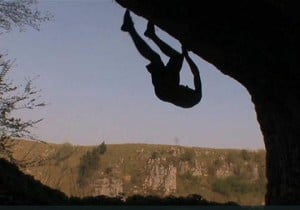
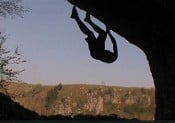
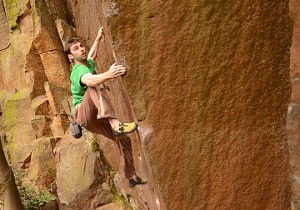
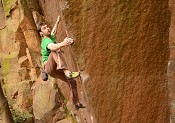
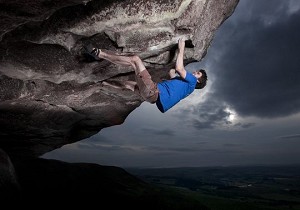
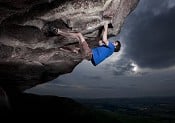


Comments